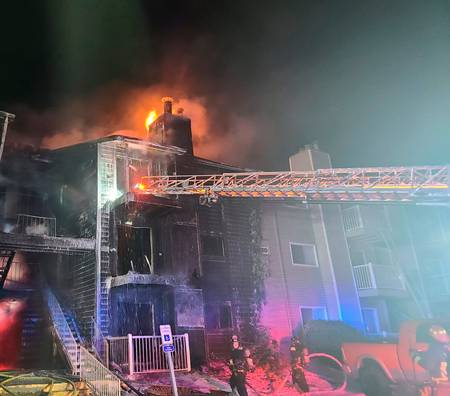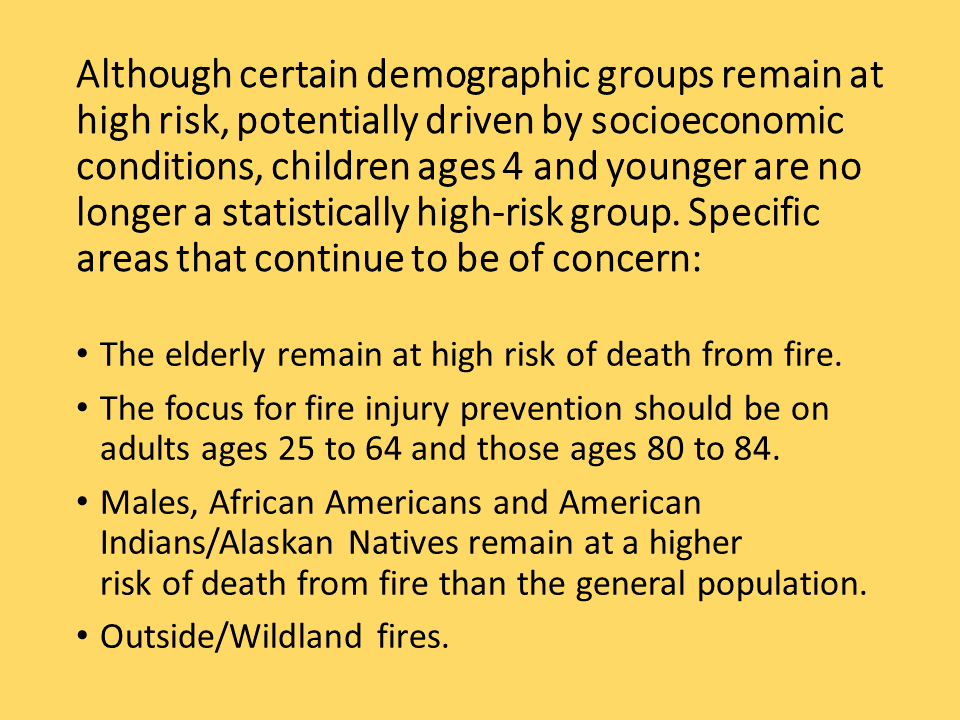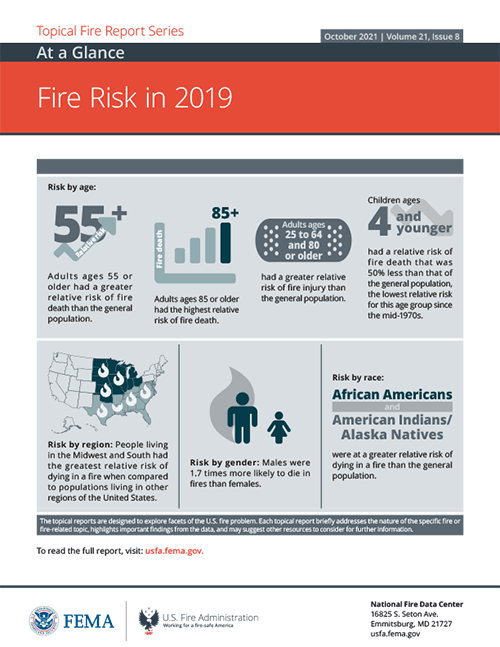By: Robert Avsec, Executive Fire Officer
I just finished reading an article FireRescue1.com written by Chief Daniel Folks of the Hammond (La.) Fire Department, ‘It’s time to embrace a new culture – a culture of search and rescue’ with a subtitle of “Have we gotten so consumed by firefighter-centric safety culture that we lost focus on the civilians under our watch?”
I agree wholeheartedly with all that Chief Folks wrote in his piece with one exception:
It is engrained into our culture that firefighters are the most important individuals on the fireground. We get so busy worrying about our own safety that we deprioritize the civilians who have no protections from the hostile and toxic fire environment.
Civilians can and should have protections like a working smoke alarm in all the appropriate locations for their home. They can and should have a Home Fire Escape Plan that they’ve practiced with their families. They can and should have residential sprinklers in their homes and apartments (But don’t because of the continued lobbying by the building construction industry).
These are key areas where too many fire departments are still not putting their resources to maximum use. Too many fire departments still put too much time and effort into “checking the boxes” that Chief Folks refers to in his article (e.g., station maintenance and fire apparatus appearance). Instead, too many fire department personnel are using valuable daylight hours–those hours when they could be out in their community conducting public fire and life safety education programs on the importance of working smoke alarms AND the need for that Home Fire Escape Plan that will help ensure that they can take full advantage of the “window of escapability”–3 minutes or less–that a sounding smoke alarm provides them.
Home fire deaths from fires in which no smoke alarms were present, or in which smoke alarms were present but did not operate, accounted for 60 percent of all home fire deaths. Smoke alarms were lacking in 37 percent of home fire deaths, and at least one alarm was present but non-operational in 23 percent. Smoke alarms were lacking in 37 percent of home fire deaths, and at least one alarm was present but non-operational in 23 percent.
Source: Seven People Die Each Day in Reported U.S. Home Fires. Connecticut State Commission on Fire Prevention and Control.
Read Next: Fire and Injury Prevention for the Communities We Serve: A New Way
But that’s another paradigm shift that needs to happen in too many fire departments where firefighters and officers believe their duties during a 24-hour shift end at 5:00 pm. Station maintenance and washing of apparatus can be done “after the sun goes down” so that the on-coming personnel the next day can train as well as “get out there” and engage its citizens and businesses in the ways they can prevent fires and survive a fire if they must.
More importantly, training and drilling can and should take place frequently “after dark.”
Half of all home fire deaths were caused by incidents reported between the hours of 11:00 p.m. and 7:00 a.m. One-quarter (25 percent) of the home fire deaths resulted from fires that originated in the bedroom.
Source: Seven People Die Each Day in Reported U.S. Home Fires. Connecticut State Commission on Fire Prevention and Control.
So, why don’t more fire departments train and drill for night-time operations when (1) a dwelling is more likely to be occupied, (2) personnel are likely to have been awakened for response and (3) scene lighting must be a tactical priority? Anyone who’s conducted or participated in “night evolutions” or responded to a residential structure fire at night will tell you “That’s a completely different animal.”
I commend Chief Folks for his article and for the conversations that I hope it stimulates in fire departments across the U.S. and Canada. But don’t waste time criticizing his thought leadership on this issue or my thoughts on his post. Instead, focus your time working with your firefighters and officers to take his words–and mine–to heart and make improvements where improvements can be made.
Read More
Changing Human Behavior to Prevent Fires
Fire Prevention and Suppression: Fire Service’s Identity Crisis
 Fire & EMS Leader Pro The job of old firefighters is to teach young firefighters how to become old firefighters!
Fire & EMS Leader Pro The job of old firefighters is to teach young firefighters how to become old firefighters!


